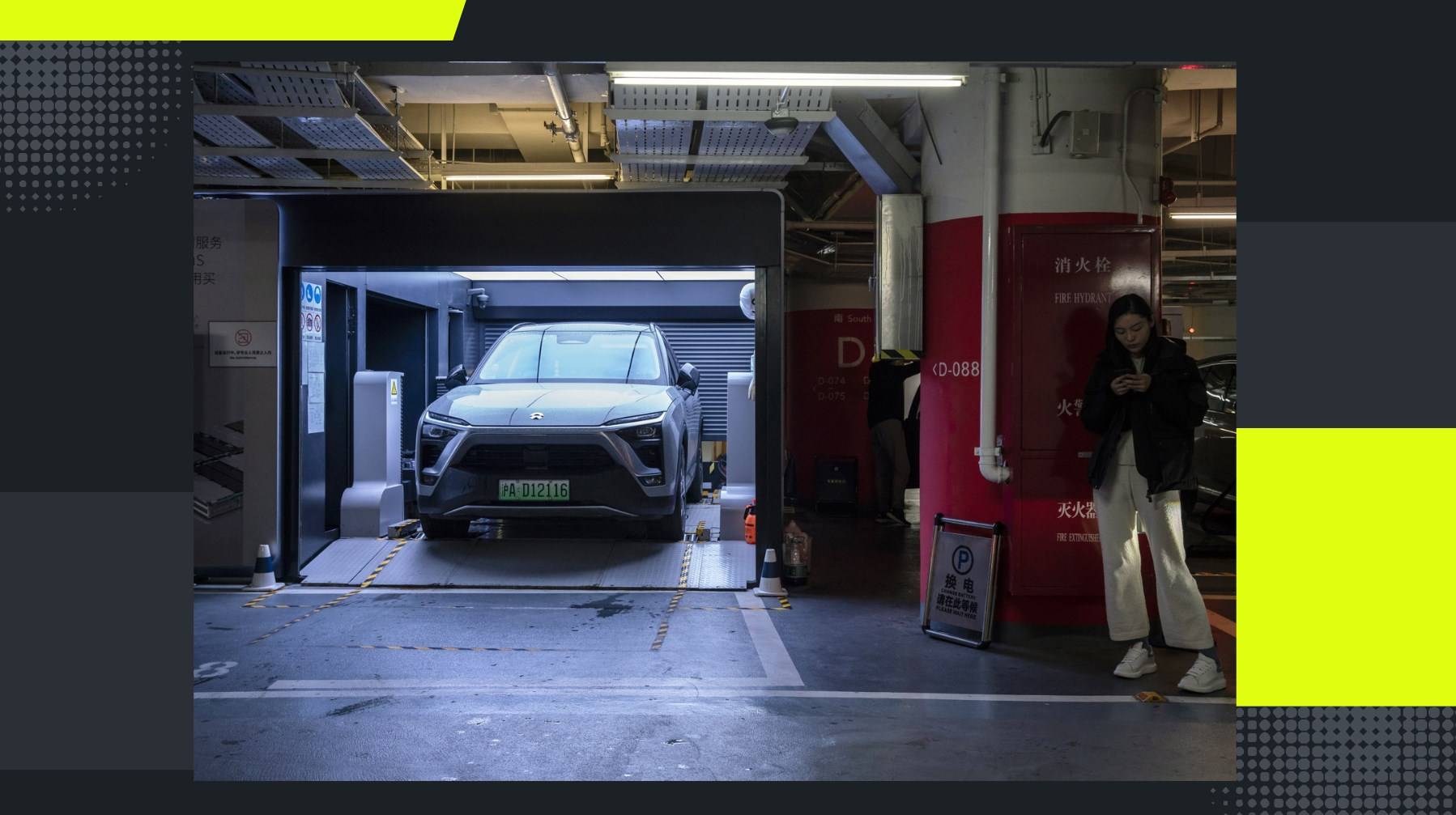Battery swapping is emerging as a promising solution to address electric vehicle (EV) charging challenges. By allowing drivers to exchange depleted batteries for fully charged ones in minutes, this model aims to reduce range anxiety and improve convenience. Companies like Nio are pioneering this approach, indicating a potential shift in how we think about EV charging infrastructure.
What Is Battery Swapping and How Does It Work?
Battery swapping involves replacing a depleted battery with a fully charged one at designated stations. The process typically takes only a few minutes, allowing drivers to quickly get back on the road. This system decouples battery ownership from vehicle ownership, enabling users to subscribe to battery services instead.
| Process | Description |
|---|---|
| Exchange | Drivers swap depleted batteries for charged ones |
| Speed | Typically takes around 3-5 minutes |
| Subscription Model | Users pay for battery usage rather than ownership |
Why Did Previous Battery Swapping Models Fail?
Earlier attempts at battery swapping, such as those by Better Place and Tesla, faced several challenges:
- Consumer Resistance: Many consumers were hesitant to adopt battery swapping due to concerns about battery compatibility and ownership.
- High Infrastructure Costs: Establishing a network of battery swapping stations required significant investment.
- Standardization Issues: The lack of industry-wide standards made it difficult to create a universal system.
| Failure Factor | Description |
|---|---|
| Consumer Resistance | Hesitance to adopt new technology |
| High Infrastructure Costs | Significant investment needed for stations |
| Standardization Issues | Difficulty in creating a universal system |
How Is Nio Leading the Charge in Battery Swapping?
Nio has positioned itself as a leader in the battery swapping market by:
- Extensive Network: As of late 2023, Nio operates over 2,300 battery swapping stations across China.
- User-Friendly Experience: The company claims that its automated systems can complete swaps in under three minutes.
- Partnerships: Collaborating with other automakers to promote standardization and expand its network.
| Leadership Aspect | Description |
|---|---|
| Extensive Network | Over 2,300 stations operating |
| User-Friendly Experience | Automated swaps completed in under three minutes |
| Partnerships | Collaborations to enhance infrastructure |
What Are the Benefits of Battery Swapping for EV Owners?
Battery swapping offers several advantages for EV owners:
- Reduced Charging Time: Drivers can exchange batteries quickly, eliminating long wait times associated with traditional charging.
- Increased Convenience: No need to worry about finding charging stations or managing charging times.
- Cost Savings: Users can subscribe to battery services, potentially lowering upfront vehicle costs.
| Benefit | Description |
|---|---|
| Reduced Charging Time | Quick swaps eliminate long wait times |
| Increased Convenience | Simplifies the user experience |
| Cost Savings | Subscription model may lower overall costs |
How Is Nio’s Battery Swapping Model Different?
Nio’s approach differs from previous models by:
- Focus on User Experience: Nio has prioritized customer satisfaction through quick and efficient service.
- Integrated Ecosystem: The company has developed an ecosystem that includes vehicle design optimized for battery swapping.
- Modular Design: Nio’s batteries are designed for easy removal and replacement, enhancing efficiency.
| Differentiator | Description |
|---|---|
| Focus on User Experience | Prioritizes customer satisfaction |
| Integrated Ecosystem | Vehicles designed specifically for swapping |
| Modular Design | Enhances efficiency in battery exchanges |
What Innovations Are Emerging in Battery Swapping Technology?
Recent innovations include:
- Modular Batteries: Companies like Ample are developing smaller, modular batteries that can be swapped individually.
- Automated Systems: Advanced robotics are being used to streamline the swapping process.
- Smart Inventory Management: IoT technology is improving how stations manage battery availability and charging.
| Innovation | Description |
|---|---|
| Modular Batteries | Smaller units allow flexible swapping options |
| Automated Systems | Robotics enhance efficiency |
| Smart Inventory Management | IoT technology optimizes battery availability |
Redway Battery provides high-quality lithium batteries that can be used as replacements or complements to traditional battery technologies, ensuring reliable energy storage solutions.
Buy Wholesale Battery Tips
For businesses looking to purchase batteries suitable for various applications, partnering with a reliable manufacturer is essential.Redway Battery, with over 13 years of experience, is an excellent choice for battery wholesale buyers or OEM orders clients overseas. To place an OEM order from Redway:
- Identify your specific battery requirements.
- Contact Redway’s sales team with your specifications.
- Discuss pricing, minimum order quantities, and lead times.
- Finalize your order details and confirm production timelines.
This process ensures you receive top-notch products tailored to your needs while benefiting from competitive pricing.
Industrial News
The concept of battery swapping is gaining traction globally as manufacturers invest heavily in infrastructure and technology. Recent reports indicate that companies like Nio are expanding their networks rapidly while addressing challenges related to standardization and consumer acceptance. As electric vehicles become mainstream, effective solutions like battery swapping could play a pivotal role in enhancing user convenience and reducing range anxiety.
Redway Expert Views
“Battery swapping represents a significant opportunity for improving electric vehicle adoption,” states an expert at Redway Battery. “By reducing downtime and addressing consumer concerns about charging infrastructure, this model could reshape how we think about electric mobility.”
Frequently Asked Questions About Battery Swapping
- What is battery swapping? It is a method where depleted batteries are exchanged for fully charged ones at designated stations.
- What are the benefits of battery swapping? It reduces charging time, increases convenience, and may lower overall costs through subscription models.
- How does Nio’s model differ from previous attempts? Nio focuses on user experience with quick swaps and has developed vehicles designed specifically for this technology.
- What challenges does battery swapping face? Key challenges include consumer acceptance, high infrastructure costs, and the need for standardization among manufacturers.



